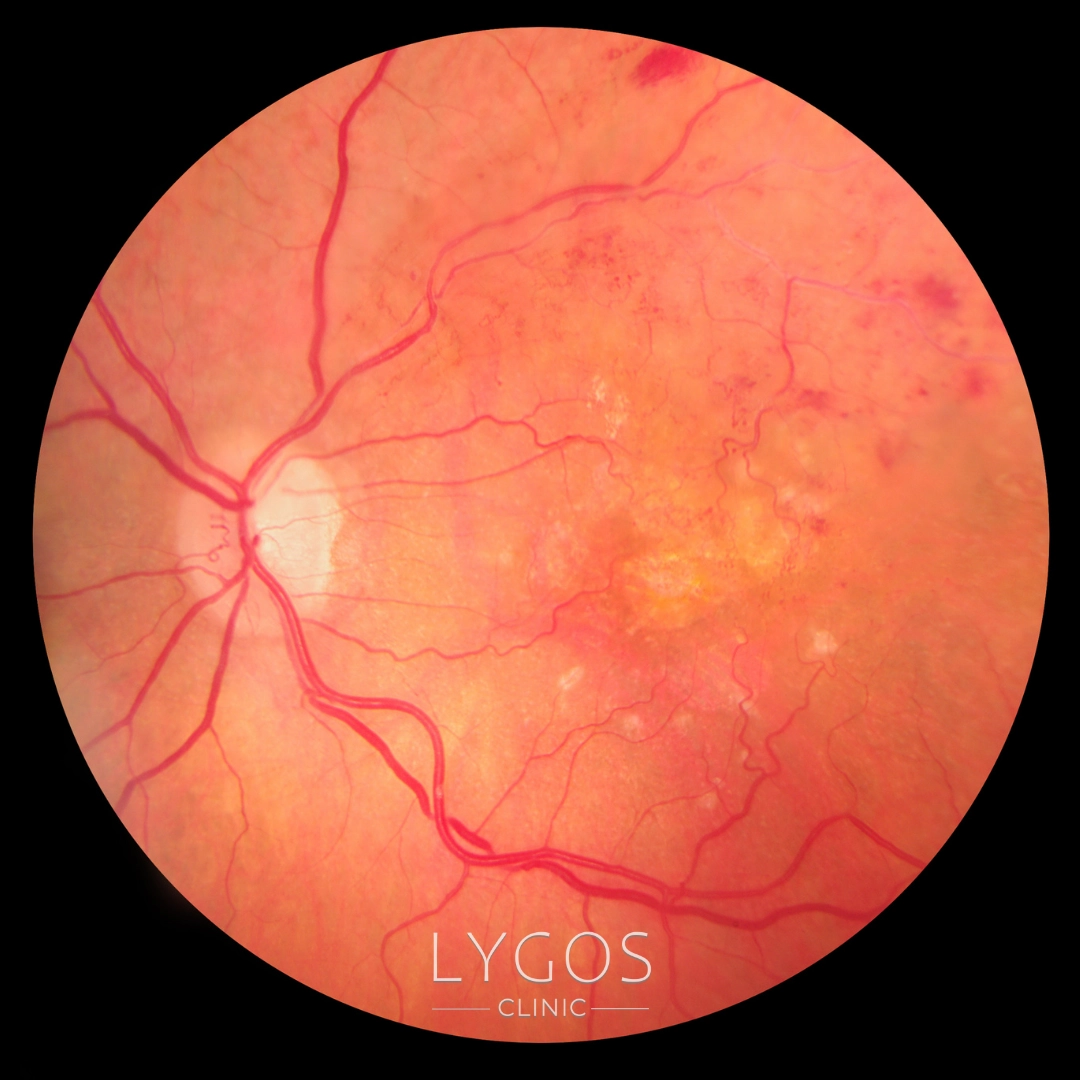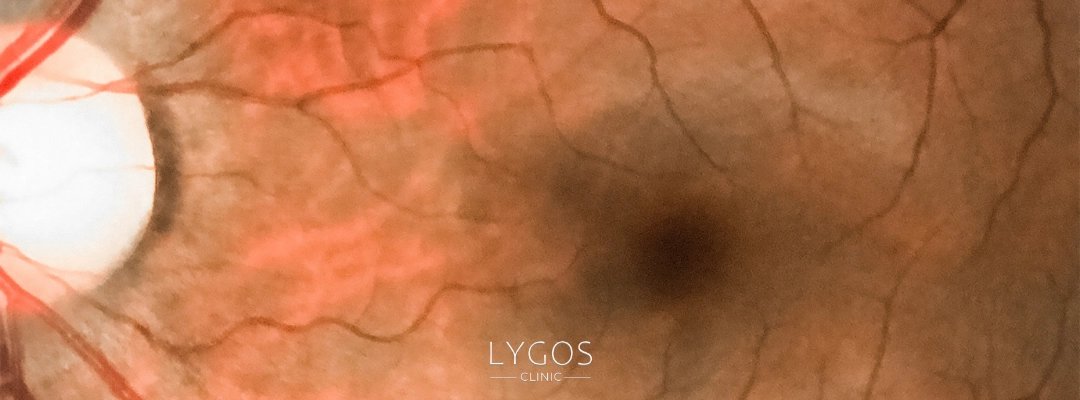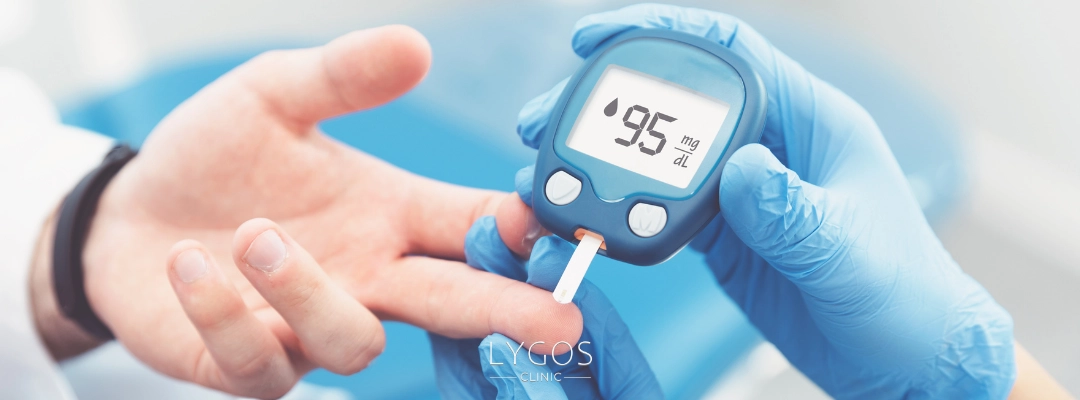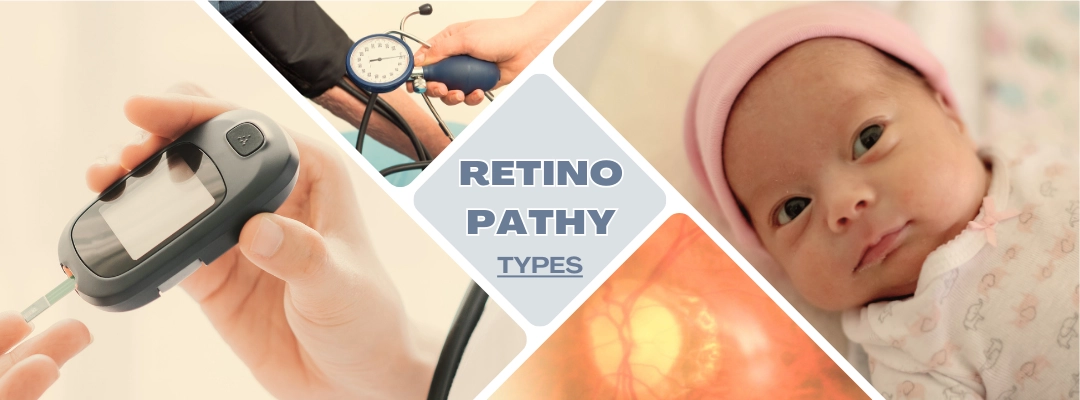What is Retinopathy? | Diabetic Retinopathy | LYGOS 2025

Retinopathy Treatment
Retinopathy is a condition caused by damage to the blood vessels in the light-sensitive retinal layer at the back of the eye. It usually develops as a result of chronic diseases such as diabetes and high blood pressure. Retinopathy is diagnosed with detailed eye examinations and advanced imaging techniques. Treatment options include laser intervention and surgery, which aims to stop the progression of damage to the eye. Early diagnosis and regular check-ups are crucial in managing retinopathy.
What is Retinopathy?

Retinopathy is a condition caused by damage to the retina, which is located at the back of the eye and plays a key role in vision. The retina detects the light coming into the eye, converts it into nerve signals and sends this information to the brain. The brain processes these signals to form images. When the retina does not function properly, retinopathy can develop and this can lead to vision loss.
In retinopathy, the blood vessels in the retina are damaged and fluid can leak from these vessels and spread to the retina or abnormal vessel formation can be observed inside the retina. Over time, this can lead to damage to the retina and, in severe cases, detachment of the retina. Detachment of the retina can result in vision loss and blindness. The most common type of retinopathy is diabetic retinopathy. This complication, which develops in diabetic patients, is one of the most serious effects of diabetes on eye health.
What Causes Retinopathy?

Retinopathy is a condition caused by damage to the blood vessels in the retina at the back of the eye. The most common cause of this condition is usually poorly controlled blood sugar levels. Diabetic retinopathy, which is especially common in diabetic patients, is a serious health problem.
If retinopathy is not diagnosed in time and the necessary treatment processes are not initiated, this condition can lead to serious consequences such as vision loss. In advanced cases, patients may even lose their vision completely. Therefore, regular eye examinations and monitoring blood glucose levels are crucial in preventing such complications.
What are the Types of Retinopathy?

Retinopathy can be classified into different types depending on the damage to the retina. Here are the most common types of retinopathy:
Diabetic Retinopathy: It develops due to diabetes and occurs when blood sugar levels are not controlled.
Proliferative Retinopathy: It is characterized by the formation of new blood vessels in the retina. This can lead to damage and bleeding in the retinal tissue.
Non-proliferative Retinopathy: This is a milder form in which new blood vessels do not form. However, it may cause complications in the future.
Retinopathy of Prematurity: It is a condition seen in premature babies. It is associated with abnormal development of retinal vessels.
Central Serous Retinopathy: It is a condition that causes vision loss as a result of the accumulation of fluid under the retina. It is more common in young and middle-aged men.
Hypertensive Retinopathy: High blood pressure causes damage to the retinal vessels. This may adversely affect vision.
Pigmentary Retinopathy: This genetic disorder causes vision loss due to abnormal accumulation of pigments in the retina.
Purtscher Retinopathy: This is a condition that occurs after trauma and can cause sudden loss of vision in the eye.
Each type of retinopathy differs in terms of treatment and management requirements. It is therefore extremely important to consult a specialized ophthalmologist when symptoms are observed. It is always healthier to proceed in line with the doctor’s advice.


